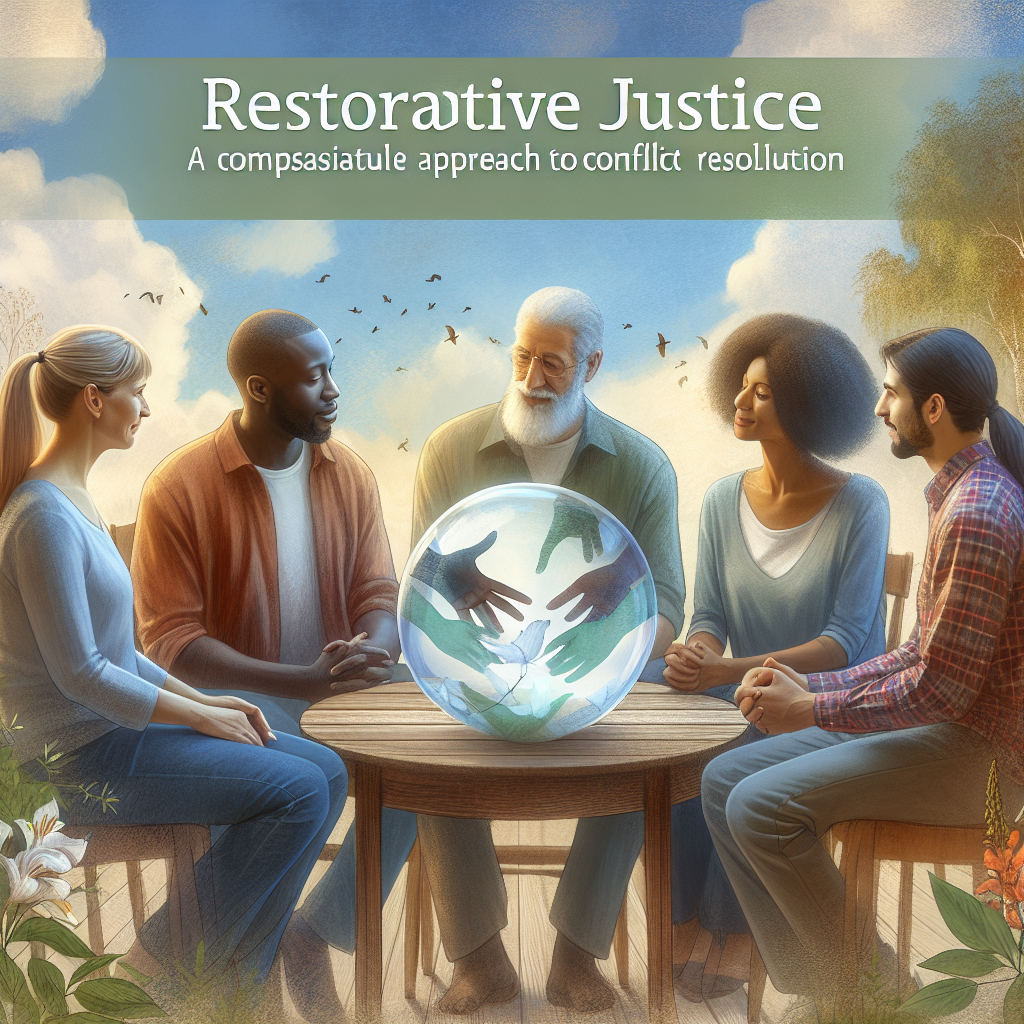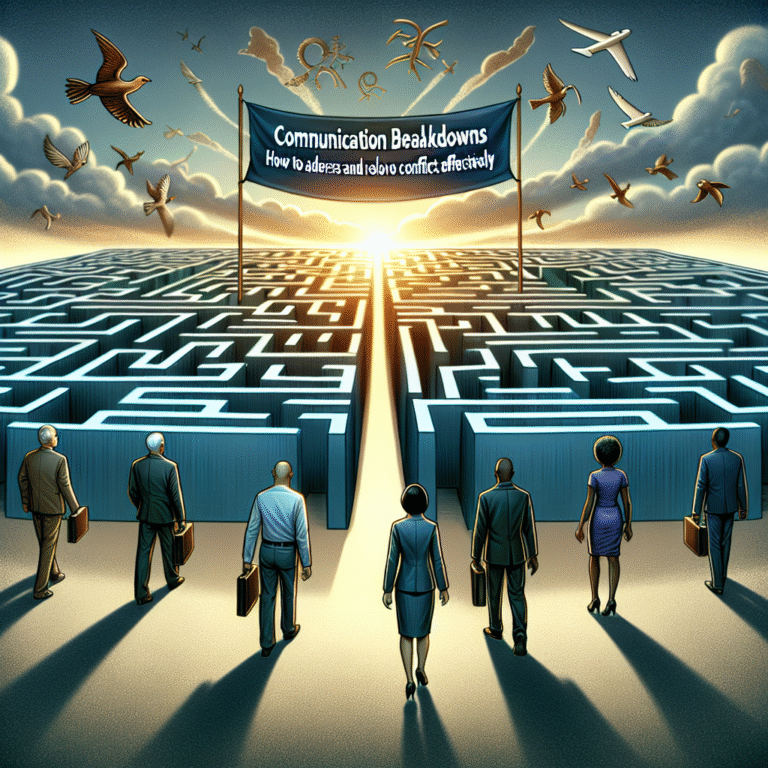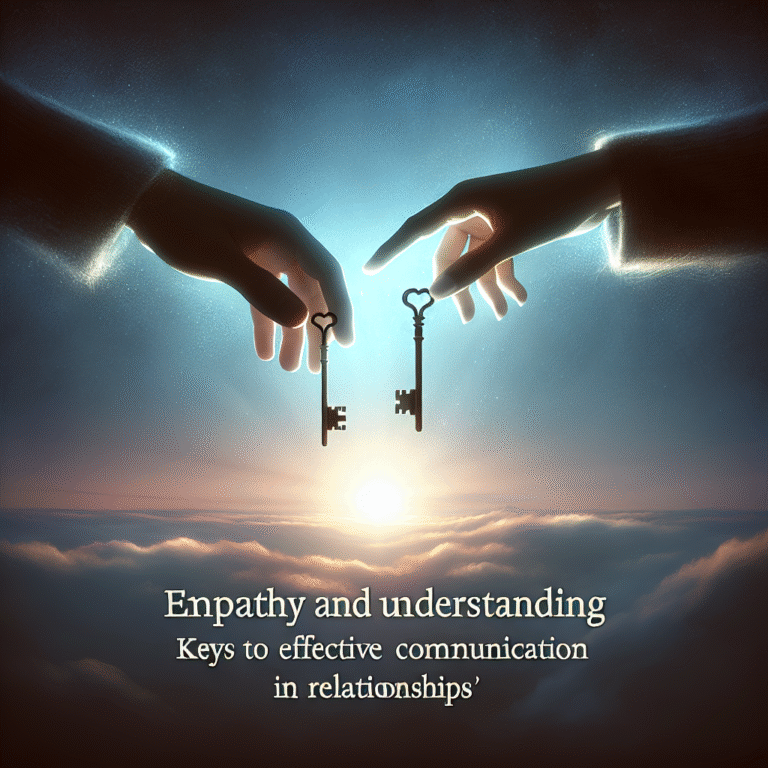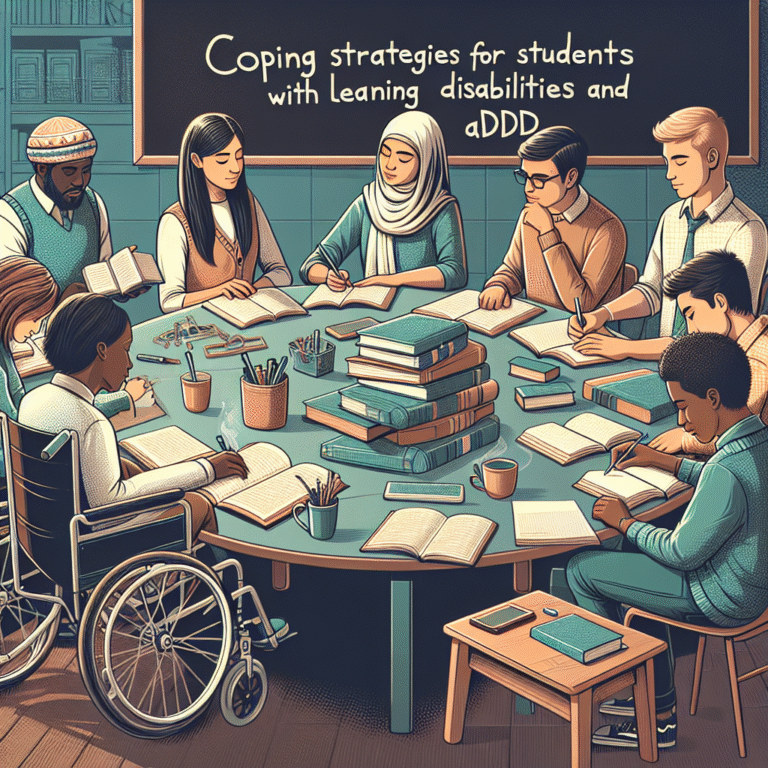
Introduction
In a world increasingly fraught with conflict, the methods we choose for resolution can significantly impact communities, relationships, and our collective psyche. Traditional punitive systems often foster cycles of vengeance and resentment. Enter Restorative Justice: A Compassionate Approach to Conflict Resolution — a transformative philosophy that prioritizes healing over punishment, understanding over retribution. This method offers a profound opportunity for communities to address wrongdoing thoughtfully, fostering empathy and insight rather than division.
But why does this matter? Consider the staggering statistics on recidivism rates in traditional criminal justice systems, often exceeding 60%. It’s clear that merely imposing punishment doesn’t effectively deter crime or heal communities. Instead, Restorative Justice: A Compassionate Approach to Conflict Resolution paves the way toward a more empathetic dialogue, fostering an environment where healing, understanding, and accountability can flourish.
Understanding Restorative Justice
What is Restorative Justice?
At its core, restorative justice is a paradigm shift in conflict resolution. It invites all affected parties — offenders, victims, and the community — to engage in a dialogue that facilitates understanding and healing. This process recognizes that crime is not just a violation of law but a breach of relationships that can only be mended through empathy, responsibility, and repair.
Principles of Restorative Justice
- Accountability: Offenders take responsibility for their actions and understand the impact of those actions on others.
- Healing: The focus is on the victims’ needs and the community’s well-being, rather than merely on punishment.
- Community Engagement: Communities are involved in the resolution process, restoring relationships that may have been damaged.
The Process of Restorative Justice
While the practice of restorative justice can vary, it typically involves the following steps:
- Preparation: Gathering all parties and ensuring a safe environment for discussion.
- Dialogue: Facilitating a conversation about the harm caused, focusing on feelings, experiences, and responsibilities.
- Repair: Identifying ways to make amends, which might include apologies, restitution, or community service.
- Reflection and Reintegration: Providing support to help the offender reintegrate into the community.
Case Studies in Restorative Justice
1. The New Zealand Youth Justice System
One of the most prominent examples of restorative justice in practice can be found in New Zealand’s approach to youth offending. In the 1980s, faced with rising youth crime rates, the country adopted a restorative framework. The Family Group Conference model allows families of young offenders and victims to come together to discuss the offense and its impacts.
Outcomes and Analysis
The results have been transformative. Recidivism rates dropped significantly, and many youths reported feeling a greater sense of responsibility and connection to their community. In this context, Restorative Justice: A Compassionate Approach to Conflict Resolution has not only reduced crime rates but has also fostered community cohesion.
2. The “Circle Sentencing” Model in Canada
In Canada, Indigenous communities have implemented Circle Sentencing, which integrates traditional practices with modern justice systems. In this process, community members gather in a circle to discuss the offense and the best way to address it collaboratively.
Outcomes and Analysis
Research shows that Circle Sentencing has reduced recidivism and increased victim satisfaction. This example underlines the principle of engaging the community to foster healing—a core tenet of Restorative Justice: A Compassionate Approach to Conflict Resolution.
3. Restorative Practices in Schools
Restorative justice has seen significant application in schools across the globe. A notable example is the Chicago Public Schools’ implementation of restorative practices. Instead of relying on suspensions for conflict resolution, schools encourage dialogues between the involved parties.
Outcomes and Analysis
Post-implementation studies revealed decreases in suspensions and improved student relationships. The data reflects a clear alignment with the objectives of Restorative Justice: A Compassionate Approach to Conflict Resolution by facilitating understanding and connection among students.
Implementing Restorative Justice
Challenges to Implementation
Despite its proven benefits, restorative justice faces obstacles. Critics often argue that it may not be suitable for all offenses, particularly violent crimes. Moreover, inadequate training for facilitators can lead to ineffective implementations.
Support and Training
For restorative justice to succeed, a significant emphasis must be placed on proper support and facilitation training. Training programs can equip individuals with the skills to navigate potentially volatile situations and help ensure that the process remains safe and constructive.
Data Insights: The Efficacy of Restorative Justice
| Aspect | Traditional Justice | Restorative Justice |
|---|---|---|
| Recidivism Rate | 60%+ | 25-30% |
| Victim Satisfaction | 40% | 70%+ |
| Community Involvement | Low | High |
| Emotional Healing | Low | High |
| Resource Costs | High | Moderate |
This table highlights the clear distinctions between traditional and restorative justice, illuminating how Restorative Justice: A Compassionate Approach to Conflict Resolution serves to address the shortcomings of punitive systems.
The Future of Restorative Justice
As awareness grows about the positive results stemming from restorative practices, the future looks promising. More communities are recognizing the value of empathy and understanding, leading to broader adoption in various fields, including criminal justice, education, and community services. The conversation around Restorative Justice: A Compassionate Approach to Conflict Resolution is evolving — it’s no longer seen as a niche practice but as an essential framework for nurturing healthier relationships and communities.
Actionable Insights for Readers
- Learn and Advocate: Understand the principles of restorative justice. Advocate for its implementation in your community, whether through schools, local justice systems, or community organizations.
- Participate in Dialogues: If involved in situations that require conflict resolution, encourage open dialogue. Help to facilitate constructive conversations.
- Educate Others: Share the knowledge of restorative practices with family and friends. Highlight its benefits and importance in creating a better society.
Conclusion
In closing, Restorative Justice: A Compassionate Approach to Conflict Resolution offers a holistic alternative to conventional punitive systems. It prioritizes healing, accountability, and community engagement. The stories of hope and transformation birthed from restorative practices affirm a core belief: we are not merely products of our past actions, but authors of our future narratives. By embracing restorative justice, we can foster a culture of understanding, compassion, and true reconciliation.
FAQs
1. What is the main goal of restorative justice?
The main goal of restorative justice is to repair harm by fostering understanding and healing between victims, offenders, and the community.
2. Is restorative justice effective for all types of crime?
While restorative justice is highly effective for many offenses, it may not be suitable for all situations, especially those involving severe violence.
3. How does restorative justice work in schools?
Restorative justice in schools involves dialogue between parties involved in conflicts, encouraging accountability, understanding, and the healing of relationships rather than punishment.
4. Who facilitates restorative justice dialogues?
Restorative justice dialogues are typically facilitated by trained mediators or professionals adept in conflict resolution, ensuring safety and constructive communication.
5. How can communities implement restorative justice practices?
Communities can implement restorative justice by offering training programs, integrating practices into local justice systems, schools, and community organizations, and fostering a culture of dialogue and understanding.
This article aims to inspire readers about the power of Restorative Justice: A Compassionate Approach to Conflict Resolution, equipping them with the knowledge and tools necessary to advocate for, and participate in, this transformative process.


















